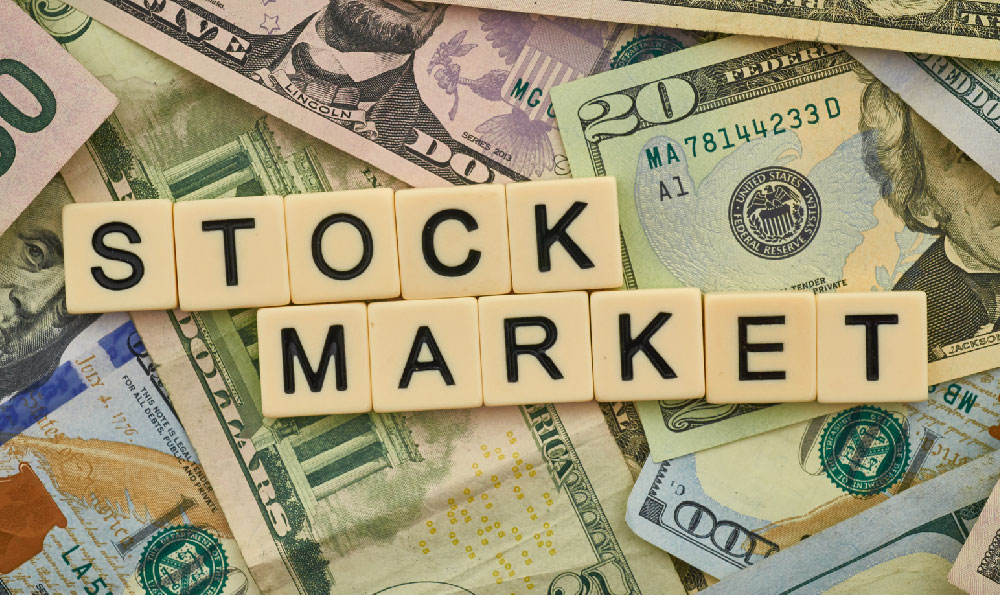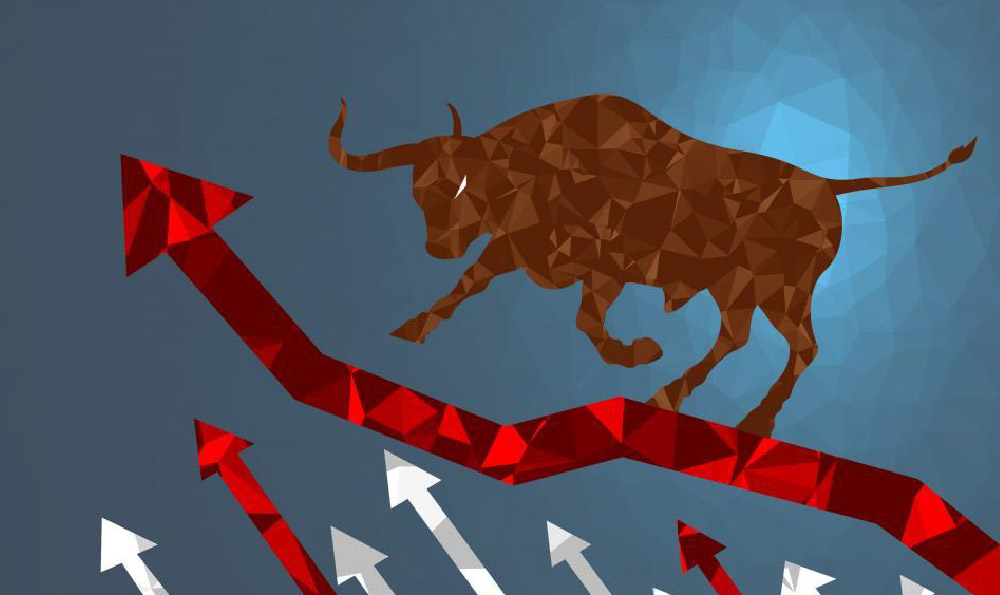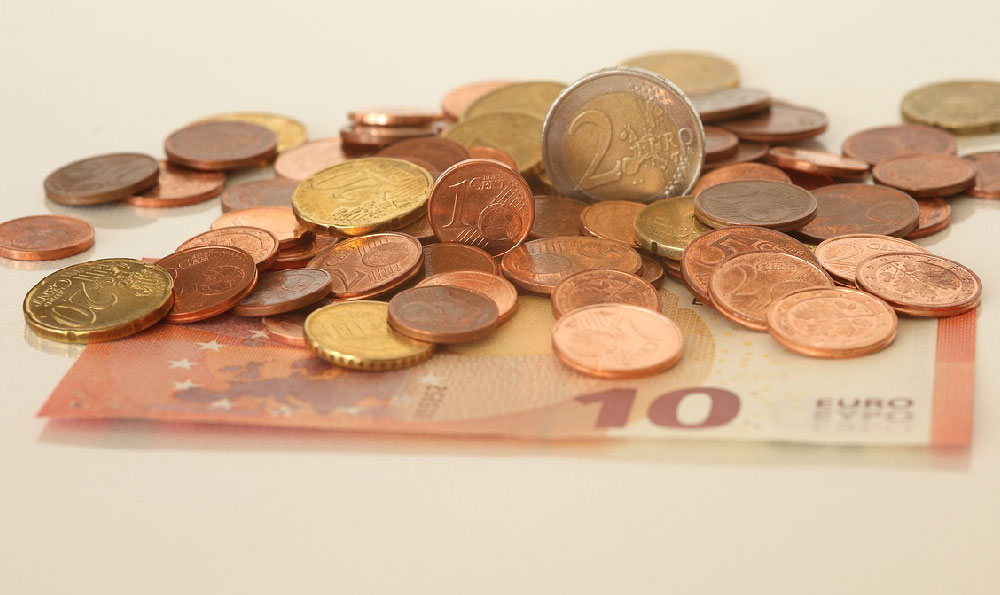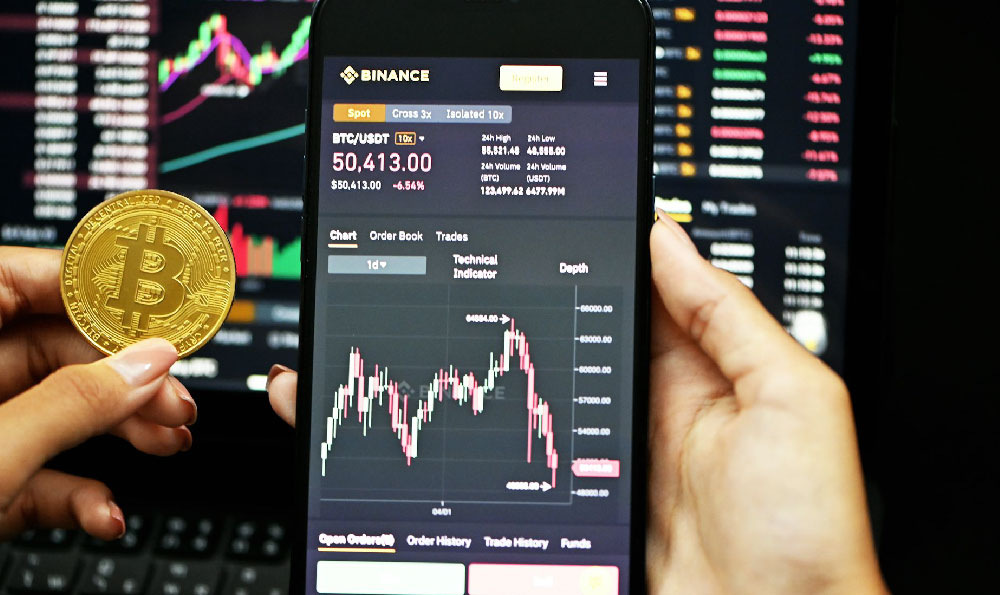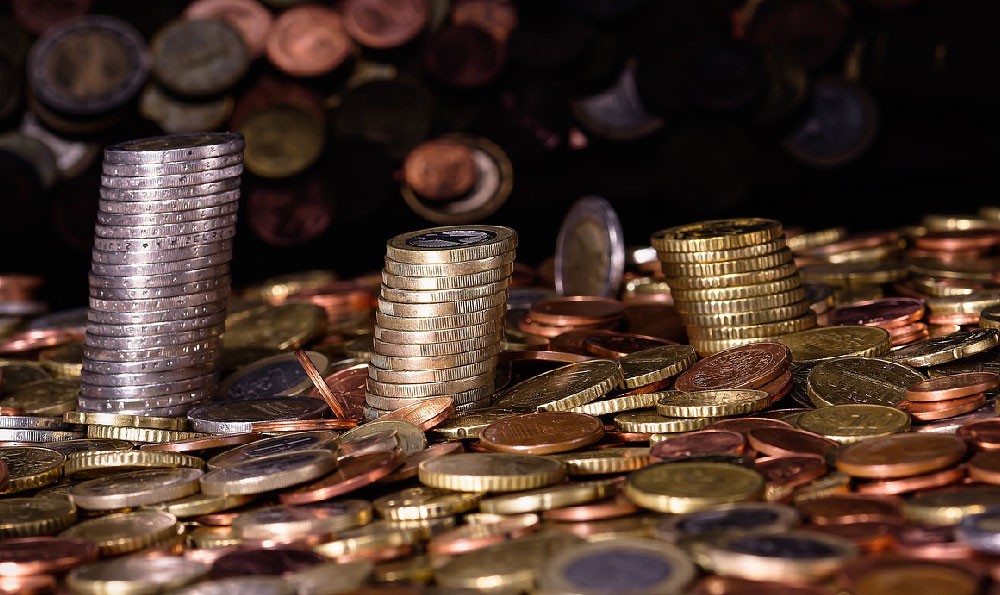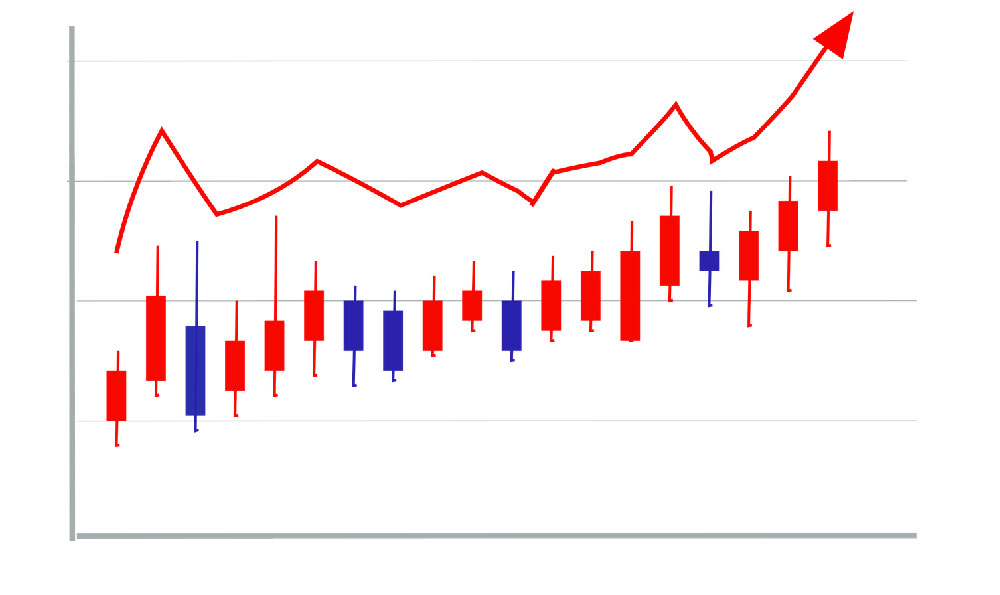Spotify has emerged as one of the most influential platforms for artists to distribute their music and generate income in the digital age. With over 500 million monthly active users, the service offers a unique ecosystem where creators can reach global audiences while monetizing their work through various channels. However, the process of earning money from Spotify is not straightforward and requires a combination of understanding the platform's financial mechanisms, strategic planning, and adaptability to industry trends. For artists, navigating this landscape effectively can mean the difference between a modest income and a substantial revenue stream.
One of the primary ways artists earn money through Spotify is via stream-based royalties. When a user streams a track, the platform's algorithm determines how much of the playback occurs, and the artist receives a percentage of the revenue generated from that activity. The exact percentage varies depending on multiple factors, including the number of streams, the geographic regions where the music is played, the type of content (such as album, single, or playlist), and the distribution model of the artist. For example, artists who distribute their work independently through Spotify for Artists may see a higher share of streaming revenue compared to those signed under a record label, which often takes a larger cut. Understanding these dynamics is crucial for artists to optimize their earnings and make informed decisions about their distribution strategy.
In addition to streaming royalties, Spotify also generates income through its premium subscription model. Subscribers pay a monthly fee to access the platform without advertisements, and a portion of this fee is distributed to artists whose music is played on the service. This revenue is typically higher than that from free streams, as it reflects the value of the user's paid engagement with the platform. Artists who achieve significant popularity on Spotify may benefit from higher subscription fees, but the distribution is highly competitive. To stand out, artists often focus on creating high-quality content and leveraging analytics to identify what resonates with their audience.

Another avenue for monetization is advertising revenue. Spotify offers ads to free-tier users, and a portion of the revenue from these advertisements is shared with artists. However, this share is generally smaller compared to streaming and subscription income, and the placement of ads can affect the listener experience. Artists who prioritize a strong presence on the free tier may need to balance the need for exposure with the potential disruption caused by ads. Additionally, Spotify's advertising model is evolving, with options such as audio ads and video ads being explored, which could open new revenue streams for creators.
Beyond the core revenue models, artists can also benefit from Spotify's promotional features, such as playlist inclusion and algorithmic recommendations. Being featured on a popular playlist can significantly increase the visibility of an artist's work, leading to more streams and potentially higher earnings. Spotify's algorithm, which curates content for users, plays a pivotal role in determining which tracks receive the most exposure. Artists must understand how to optimize their music for the algorithm, which often favors certain genres, tempos, and other elements. This requires careful consideration of both artistic vision and market demands, as well as the use of tools that provide insights into listener behavior and preferences.
In addition to direct income streams, artists can also explore indirect opportunities to monetize their presence on Spotify. These include collaborations with other artists, leveraging the platform's social sharing features to promote their music, and engaging with fan communities through comments and messages. Some artists even use Spotify as a foundation for broader marketing campaigns, incorporating it into their branding strategy alongside social media and other digital platforms. However, these strategies require time, effort, and a deep understanding of how to build and maintain an engaged audience.
For a more sustainable income, artists may consider diversifying their revenue sources beyond Spotify. This can include live performances, merchandise sales, licensing agreements, and other forms of monetization that are not tied to the platform's algorithms. Diversification helps reduce reliance on a single source of income and provides greater financial stability, especially given the unpredictable nature of the music streaming industry. Artists can also explore emerging technologies such as blockchain and NFTs, which may offer new ways to monetize their work and connect directly with fans.
Spotify's revenue model is constantly evolving, reflecting changes in the music industry and the preferences of its users. As a result, artists must remain adaptable and proactive in their approach to monetization. They should take advantage of Spotify's analytics tools to track their performance, engage with their audience, and refine their strategy over time. Additionally, staying informed about industry trends and exploring new opportunities can help artists maximize their earnings and build long-term success on the platform.
Ultimately, earning money from Spotify requires a combination of artistic talent, strategic planning, and technical knowledge. By understanding the various revenue streams available, optimizing their presence on the platform, and diversifying their income sources, artists can create a more resilient financial foundation. As the music industry continues to shift toward digital platforms, Spotify remains a key player, offering both opportunities and challenges for creators. By embracing this landscape with a clear understanding and an adaptable mindset, artists can harness the power of Spotify to support their creative endeavors and achieve financial growth.



